|
We have spent a lot of time learning and seeing the places associated with the WW2 throughout our trip through the Czech Republic and Poland. These horrors have been captured in our diary but I will not dwell on this in this article. Instead the focus is on churches and castles. Our tour group for this leg out east is only 18 so, with a large bus at our disposal, it is very luxurious as we have about 2-3 seats each. Added to this the bus driver is right on queue with the fridge on board full of water and beer. At the end of each day the last hour has the boys up the back with a few tinnies and a packet of chips bought at the last stop.
Day 3 and we are off to Kutna Hora (Mining Mountain). As we find out this was one of the richest areas in early Czech/Bohemian history being a town built around the silver rush. The earliest traces of silver have been found dating back to the 10th century, when Bohemia already had been in the crossroads of long-distance trade for many centuries. This tour offered a suitable rival to StVitus Cathedral. Built during these very affluent times the King of Czechoslovakia would have residence amongst the silver mines and would start the process of minting silver coins. Leaving Prague for Poland A day's journey and plenty of evidence of the industrialised Czech Republic transforming to the more agricultural Poland. Arrived in Krakow and greeted by our hotel and a surprising city. Not the old world charm of Prague until you get right into the town square but beautifully green in the gardens that surround (built on the old moat). And it did not take long for Marg to find the shopping market. Set on the banks of Poland’s Vistula River, the Wawel Royal Castle and the Wawel Hill constitute the most historically and culturally important site in Poland. For centuries the residence of the kings of Poland and the symbol of Polish statehood. We heard the legend of the fire breathing dragon and walk the coronation path from the castle to the city square. The next part of the tour was really surprising, the Wieliczka salt mine. It reaches a depth of 327 metres (1,073 ft) and is over 287 kilometres long. The rock salt is naturally grey in various shades and has been carved into many underground monuments, including (you guessed it) another cathedral. This site was very important in the middle ages as, without refrigeration, salt was highly prized to preserve food. White gold they say and this mine was the major world source. All carved out of rock salt. On to Warsaw The tour of Auschwitz was part of the day to Warsaw. We had already done Terezin, a Jewish Ghetto town near Prague, and Oskar Schindler's factory, so we were well prepared for this tour. But really no-one can be prepared. The scale and brutality left us feeling chilled. A pilgrimage that will not be forgotten. To brighten the mood our next stop off was at Jasna Gora where a 'black Madonna' is the centre of attention for many devotees. I commented that this place, in the middle of Poland, must be where all the buses go - there were literally hundreds of them parked here and of course all the people from them on site. The only comment I could make when we came out was - breathtaking. Our final stop in Poland was Warsaw. The city has its own beauty that is quite different to Prague and Krakow. This is primarily as a result of the Germans completely destroying (80% anyway) the whole city at the end of the war. Add to this that the liberators, the Soviets, then ruled for another 50 years. Therefore the city was rebuilt in Russian blocks and is very austere. The old town is incredible though with all building being rebuilt as if hundreds of years old. Much of it looks like it is out of the middle ages but it was built less than 20 year ago. Rebuilding continues today.
0 Comments
Leave a Reply. |
AuthorWrite something about yourself. No need to be fancy, just an overview. Archives
December 2015
Categories |
Web Hosting by IPOWER
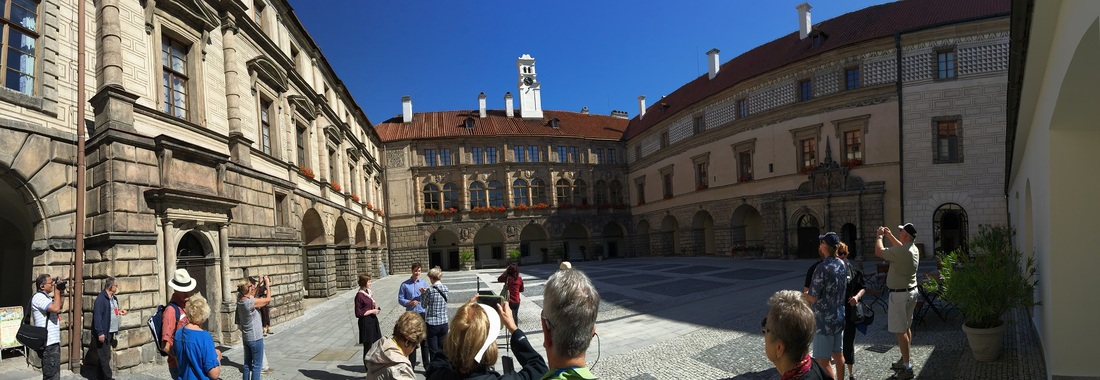
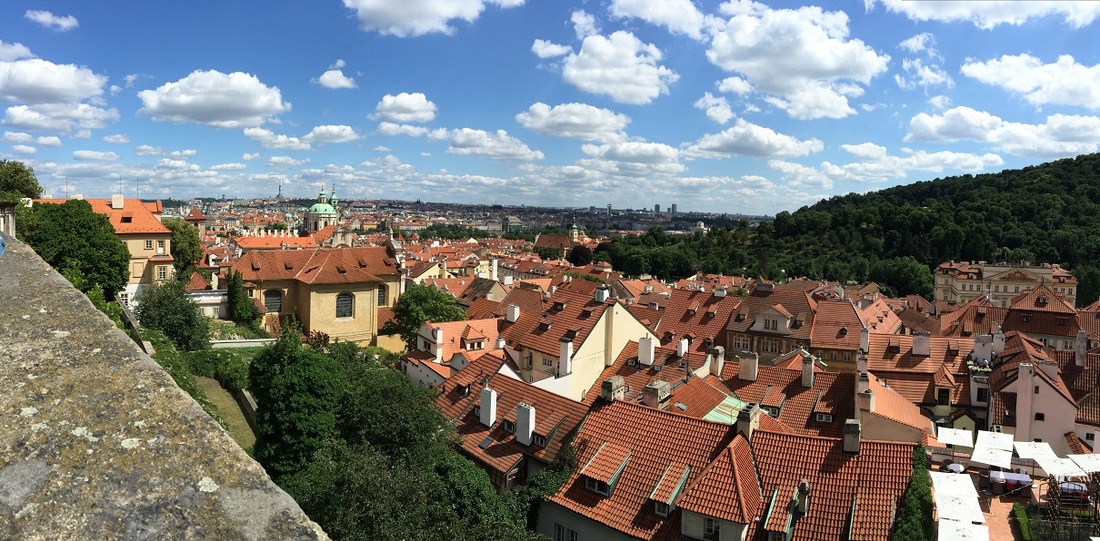
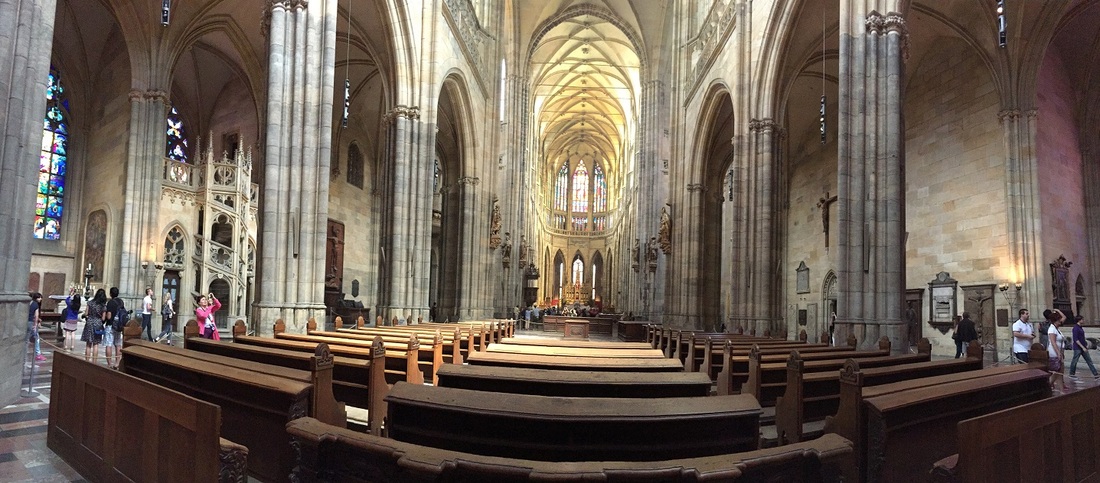
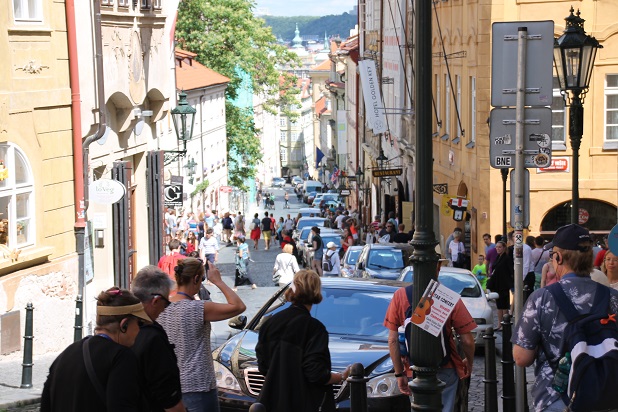
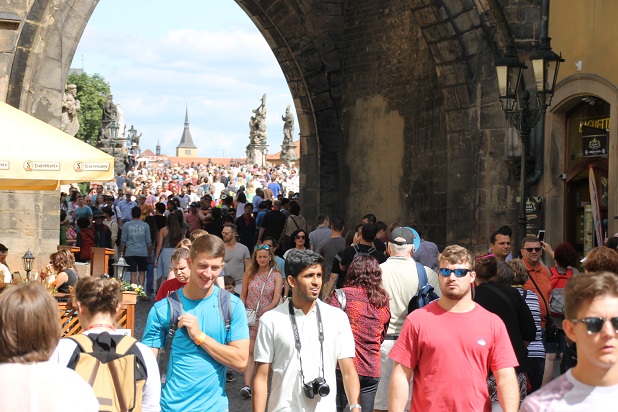
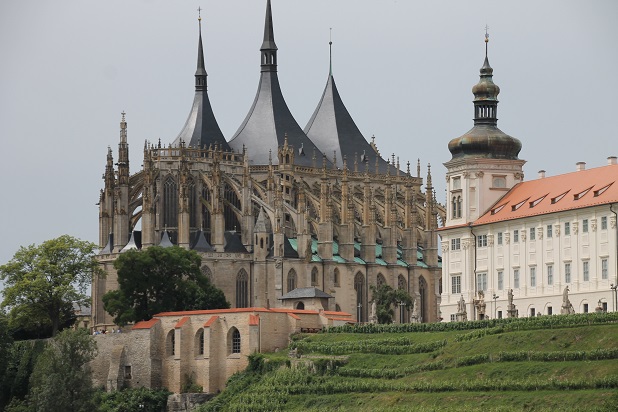
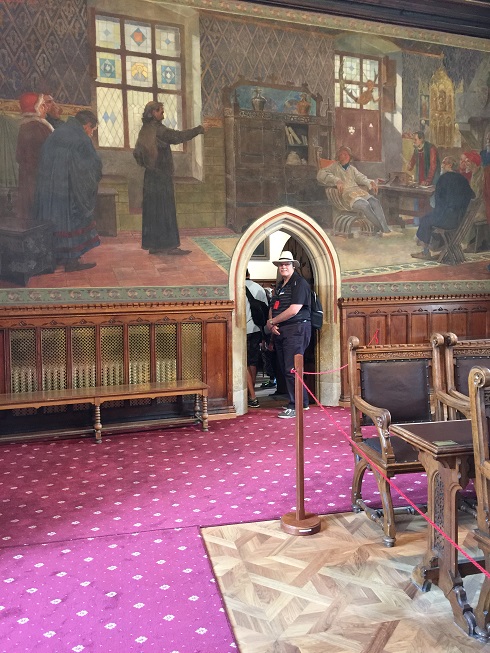



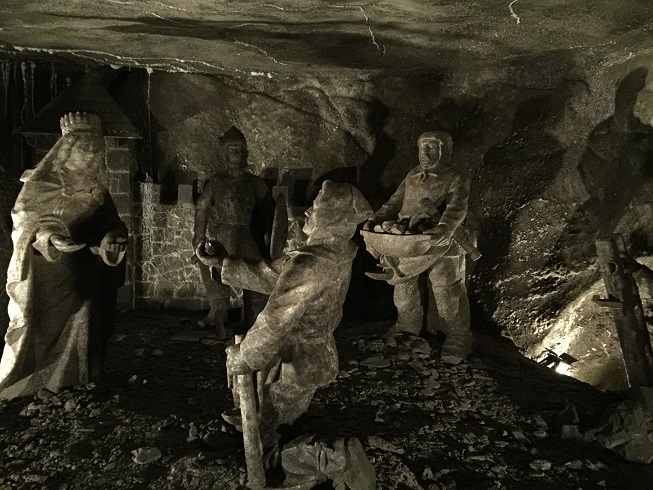
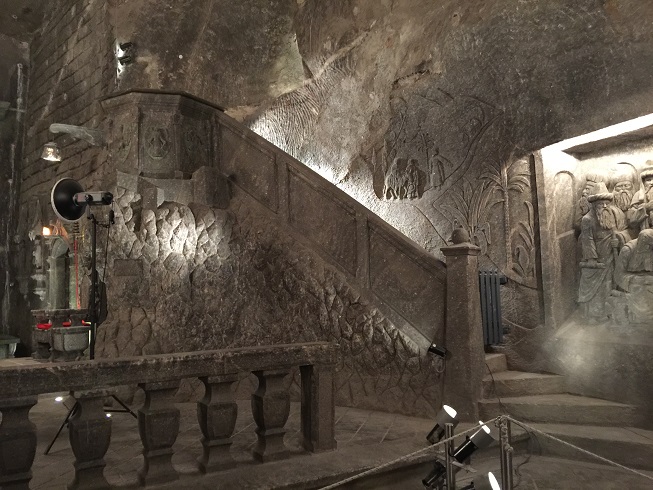


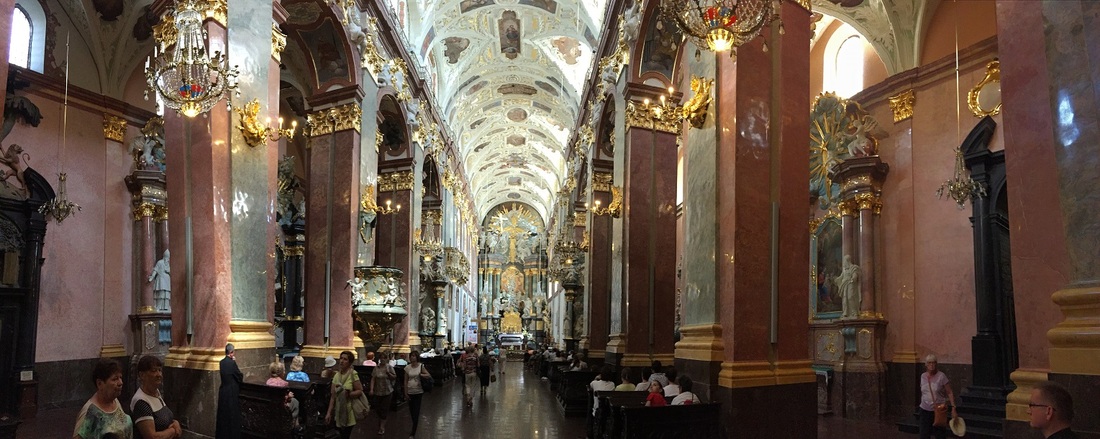
 RSS Feed
RSS Feed